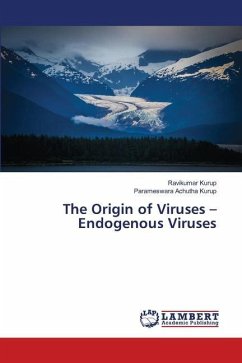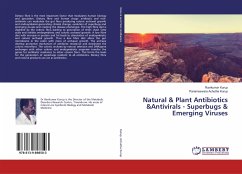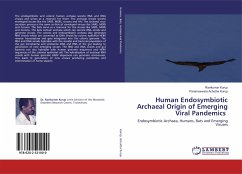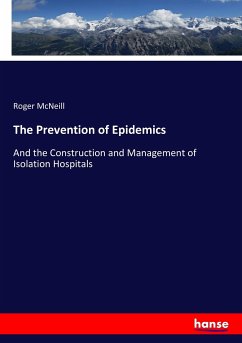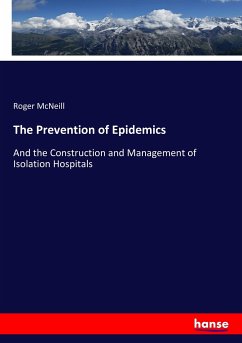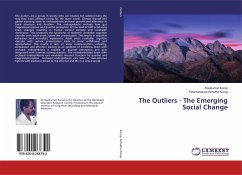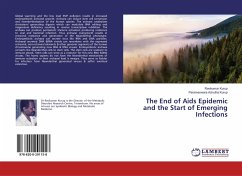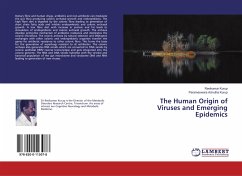
The Human Origin of Viruses and Emerging Epidemics
Versandkostenfrei!
Versandfertig in 6-10 Tagen
36,99 €
inkl. MwSt.

PAYBACK Punkte
18 °P sammeln!
Dietary fibre and human drugs- antibiotic and non-antibiotic can modulate the gut flora producing colonic archaeal growth and endosymbiosis. The high fibre diet is digested by the colonic flora leading to generation of short chain fatty acids and inhibits endosymbiotic and colonic archaeal growth. A low fibre diet with increase in protein and fat leads to stimulation of endosymbiotic and colonic archaeal growth. The archaea develop protective mechanism of antibiotic resistance and dominates the colonic microflora. The colonic archaea by natural selection and DNA/gene exchanges with other colon...
Dietary fibre and human drugs- antibiotic and non-antibiotic can modulate the gut flora producing colonic archaeal growth and endosymbiosis. The high fibre diet is digested by the colonic flora leading to generation of short chain fatty acids and inhibits endosymbiotic and colonic archaeal growth. A low fibre diet with increase in protein and fat leads to stimulation of endosymbiotic and colonic archaeal growth. The archaea develop protective mechanism of antibiotic resistance and dominates the colonic microflora. The colonic archaea by natural selection and DNA/gene exchanges with other colonic and endosymbiotic organism transfer the genes for antibiotic resistance to other colonic flora. This forms the basis for the generation of superbugs resistant to all antibiotics. The colonic archaea also generates RNA viroids which are converted to DNA viroids by colonic epithelial HERV reverse transcriptase and gets integrated into the colonic genome. The RNA and DNA viroids hybridise with the viroidal and bacterial population of the gut microbiome and virobiome DNA and RNA leading to generation of new viruses.





